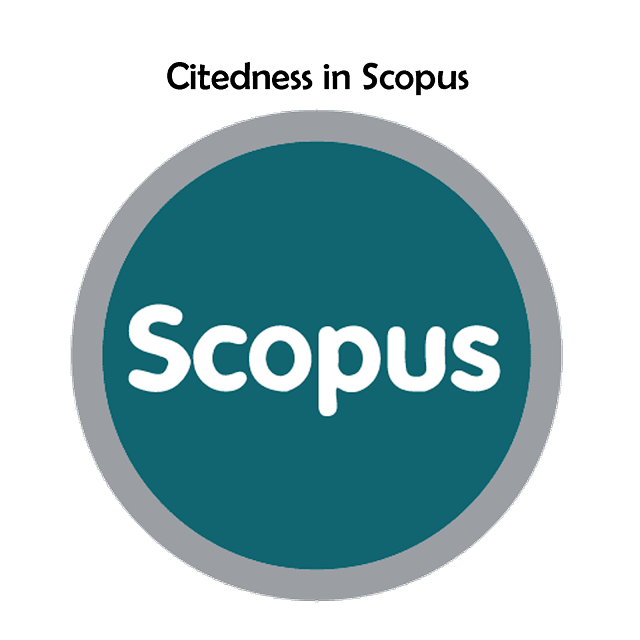THE UTILIZATION OF ISLAMIC-BASED TEXTS FOR CHARACTER INNOVATION: EFL STUDENTS' PERCEPTION
DOI:
https://doi.org/10.37249/assalam.v7i2.658Keywords:
Islamic Text, Perception, Reading Instruction, CharacterAbstract
Law Number 20 of 2003 emphasizes character education in the Indonesian National Education System, which functions to develop competence and build the character of students who are devout and have faith in God Almighty. The material should be combined with a religious approach to fulfill these expectations. This research explores EFL students' perceptions of utilizing Islamic-based texts for teaching reading. The respondent was a Muhammadiyah University student, Prof. Dr. HAMKA. 36 students participated in responding to questionnaires and interviews. The results show that most EFL students benefit from using Islamic-based texts on their knowledge, attitudes, and skills. It has implications for using Islamic-based texts that can shape student character and behavior. With this method, in the end, students can read critically and understand the text, which also greatly influences their character and behavior.
Downloads
References
Batubara, M. H. (2020). Penerapan Teknologi Artificial Intelligence dalam Proses Belajar Mengajar di Era Industri 4.0 dan Society 5.0. Kampus Merdeka Seri 1: Menilik Kesiapan Teknologi Dalam Sistem Kampus. Banda Aceh: Unsiyah Press.
Batubara, M. H., Herwanis, D., & Dharma. (2020). The Effect of OK5R Strategy On Students' Achievement In Reading Comprehension At The Sma N 15 Takengon Binaan Nenggeri Antara. Jurnal As-Salam, 4(2), 301–317.
https://doi.org/10.37249/as-salam.v4i2.207
BSNP. (2010). ParadigmaPendidikan Nasional Abad XXI. Jakarta: Buletin BSNP. Acceced https://repositori.kemdikbud.go.id/314/
Carpenter PA, Just MA. Integrative process in comprehension. In: LaBerge D, Samuels SJ, editors. Basic processes in reading: Perception and comprehension. Erlbaum; Hillsdale NJ: 1977. pp. 217–241.
Choi, D.-H., & Noh, G.-Y. (2020). The influence of social media use on attitude toward suicide through psychological well-being, social isolation, and social support. Information, Communication & Society, 23(10), 1427–1443.
https://psycnet.apa.org/doi/10.1080/1369118X.2019.1574860
Cottrell, S. (2017). Critical thinking skills: Effective analysis, argument, and reflection (Vol. 100). USA: Bloomsbury Publishing.
Depdiknas. (2003). Undang-undang RI No.20 tahun 2003 tentang Sistem Pendidikan Nasional. Jakarta: Sekretaris Negara.
Forster, G. (2014). The influence of Islamic values on management practice. USA: Springer.
Francis, L. J., & McKenna, U. (2017). The religious and social correlates of Muslim identity: an empirical inquiry into religification among male adolescents in the UK. Oxford Review of Education, 43(5), 550–565.
http://dx.doi.org/10.1080/03054985.2017.1352351
Homan, R. (2004). Religion and literacy: observations on religious education and the literacy strategy for secondary education in Britain. British Journal of Religious Education, 26(1), 21–32.
https://doi.org/10.1080/0141620032000149890
Jackson, R. (2012). The interpretive approach to religious education: Challenging Thompson's interpretation. Journal of Beliefs & Values, 33(1), 1–9.
http://dx.doi.org/10.1080/13617672.2012.650024
Kothari, C. R. (2004). Research methodology: Methods and techniques. India: New Age International.
Luke, A., O'Brien, J., & Comber, B. (1994). Making community texts objects of study. Australian Journal of Language and Literacy, 17(2), 139–149.
https://api.semanticscholar.org/CorpusID:140903974
Nasional, K. P. (2010). Pendidikan Karakter di Sekolah Menengah Pertama. Jakarta: Direktorat Pembinaan SMP.
Patterson, A. J., Cormack, P. A., & Green, W. C. (2012). The child, the text and the teacher: Reading primers and reading instruction. Paedagogica Historica, 48(2), 185–196.
https://eprints.qut.edu.au/48007/
Pecher, D., & Zwaan, R. A. (2005). Grounding cognition: The role of perception and action in memory, language, and thinking. Cambridge: Cambridge University Press.
Rafiki, A., & Wahab, K. A. (2014). Islamic values and principles in the organization: A review of literature. Asian Social Science, 10(9), 1-7.
http://dx.doi.org/10.5539/ass.v10n9p1
Riedl, M. J., Whipple, K. N., & Wallace, R. (2022). Antecedents of support for social media content moderation and platform regulation: the role of presumed effects on self and others. Information, Communication & Society, 25(11), 1632–1649.
https://doi.org/10.1080/1369118X.2021.1874040
Sutarman, W. (n.d.). I., Badriatin, T., Arofah, I., & Syahriani.(2020). Management of character education strengthening strategies in students. International Journal of Psychosocial Rehabilitation, 24(8), 1790–1801.
Trigg, R. (2014). Religious diversity: philosophical and political dimensions (Vol. 2). Cambridge: Cambridge University Press.
Vermeer, P. (2012). Meta-concepts, thinking skills, and religious education. British Journal of Religious Education, 34(3), 333–347.
https://doi.org/10.1080/01416200.2012.663748
Wall, A., & Wall, R. (2005). The complete idiot's guide to critical reading. UK: Penguin.
Wallace, C. (2003). Critical reading in language education. USA: Springer.
Wallace, M., & Wray, A. (2021). Critical reading and writing for postgraduates. USA: Sage.
Watz, M. (2011). A historical analysis of character education. Journal of Inquiry and Action in Education, 4(2), 34-53.
Downloads
Published
How to Cite
Issue
Section
License
Copyright (c) 2023 Roslaini Roslaini, Siti Ithriyah, Ika Purnama Sari, Makmur Harun

This work is licensed under a Creative Commons Attribution-ShareAlike 4.0 International License.










.png)




